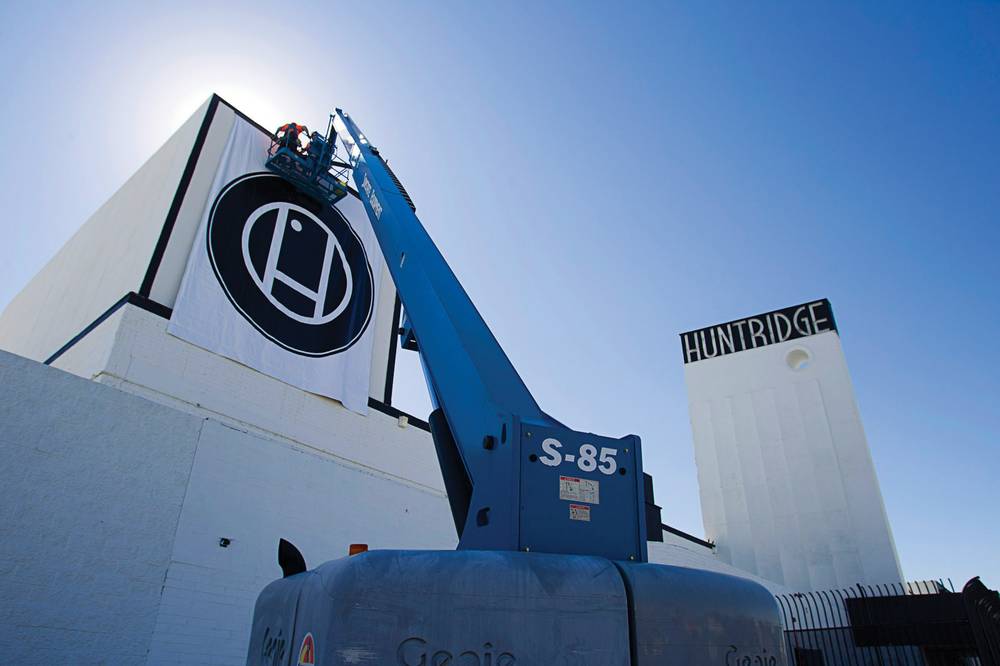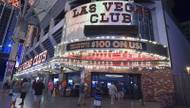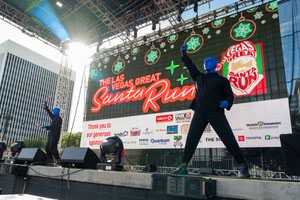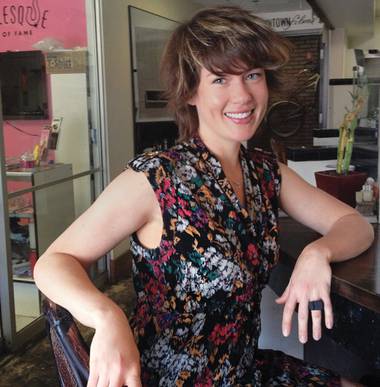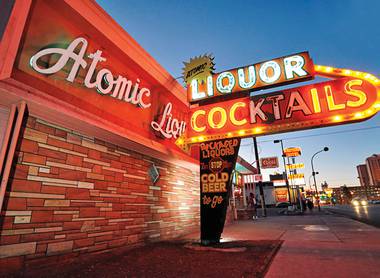Having withstood 70 years of desert wind, blazing heat, political hot air and a raft of Disney movies, the historic Huntridge Theatre could be on its way into the history books. You know, one of those entries about an old piece of Las Vegas demolished to make way for something new.
Huntridge Theatre and efforts to save it could die next week. Start taking your pictures.
The theater’s future hinges on a vote of the little-known Commission for the Las Vegas Centennial, which meets Monday afternoon. Two weeks ago, the commission wanted more information on the redevelopment plans of Huntridge Revival LLC. They had heard about proposed stage shows, independent movies, a restaurant and more, but they wanted something more substantial.
In a city still weak from five years of recession, the $1 million commissioners are being asked to grant Las Vegas—which would then invest it into the theater project—is a huge sum.
So they want more details. Commissioners don’t want to put their cash into a project that doesn’t go anywhere. Some believe that $1 million investment would force the city to become the eventual owner and leader in an expensive renovation project.
On the flipside, Huntridge Revival, which is working with the city’s redevelopment agency, says it needs the $1 million for a few reasons: 1. It would help it purchase the building from Eli Mizrachi. 2. It would help allay fears private investors have after the state sued Mizrachi and others.
That lawsuit stemmed from a covenant between the former theater owners and the state, which granted the Huntridge more than $1 million years ago under certain terms, including maintaining the building, being open at least 12 days annually and making no visual or structural alterations without prior permission. The lawsuit claims current owners didn’t uphold their end of the bargain, however, and now the state wants its money back. Sources say that if the Huntridge gets away without a legal contest, other grant recipients might think they, too, could break covenants.
Problem is, the lawsuit has made investors—as well as the Centennial Commission—wary.
The commission doesn’t have millions to spare; it will have about $1.5 million at the end of the fiscal year, its revenues coming from the sale of special centennial license plates. It isn’t as though others aren’t also asking for help.
There are plans to move the Victory Hotel Downtown into the historic village springing up in Springs Preserve. Harrison House is another preservation consideration; built in 1942, it was home to prominent black entertainers and leaders in deeply segregated Las Vegas through the 1950s.
Many needs, little money.
Still, Huntridge’s renovation is a bit different in that if it succeeds, it could become an anchor in the adjacent Huntridge/John S. Park neighborhoods. Both are seeing an influx of new residents interested in urban living; the city would like to see that momentum continue.
So what happens if the commission says it won’t invest $1 million?
Michael Cornthwaite, a Huntridge Revival partner with Joey Vanas, says not getting the money will “decrease the chance of success.”
Sources suggest that Cornthwaite and Vanas, who have many other projects and businesses in the works, might move on.
The covenant that protects the Huntridge from the wrecking ball ends in 2017. It’s unclear how the state’s lawsuit might change that timing. But years ago, Mizrachi had wanted to buy out the covenant, demolish the building and turn the corner parcel into offices and/or retail. The only thing left as a reminder of what used to be there would have been a small replica of the theater’s 75-foot tower designed into the mall’s signage.
Very Vegas. A vestige of something from another place or era, but not the real thing.
Another possibility: Instead of demolition, the city takes over renovation, millions and millions of dollars worth, like it did with the Mob Museum, a $42 million publicly funded project.
Suddenly, that $1 million seems like a drop in the bucket.
